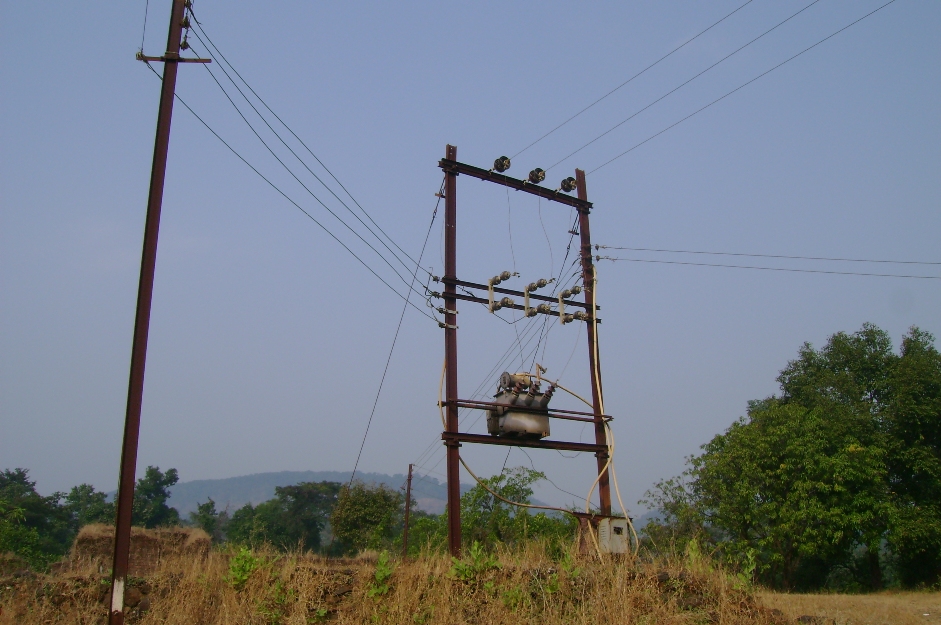Asian Development Bank (ADB) has approved a $346-million loan to India to help provide efficient and reliable power connection to rural agriculture customers in the state of Maharashtra.
Maharashtra is the second-most populous state in India, and about half of the state’s labor force is engaged in agriculture and related activities in the rural areas. Agriculture output, however, has been impacted by lack of irrigation, less-than-efficient use of electricity and water, as well as inadequate storage and connectivity to markets. The loan will support the state government’s high voltage distribution system (HVDS) program for new grid-connected rural agricultural customers across the state.
The loan will be under ADB’s results-based lending (RBL) modality, where fund disbursements are linked to the achievement of agreed program results rather than to upfront expenditures, as is the case with traditional investment lending.
“Providing efficient, reliable, and good quality power to rural agriculture customers in Maharashtra will improve agricultural productivity and efficiency in the electricity value chain,” said ADB Senior Energy Specialist Len George. “Wider adoption of HVDS with metering and usage-based tariffs sets the stage for investments in energy efficient pumps, drip irrigation and could support improvements in subsidy management.”
RBL modality: The loan will be under ADB’s results-based lending (RBL) modality, where fund disbursements are linked to the achievement of agreed program results rather than to upfront expenditures, as is the case with traditional investment lending. This first ADB-financed RBL program in South Asia’s energy sector will help in the early construction and installation of metered HVDS through the installation of about 46,800 km of 11kV grid extension lines, construction and upgrading of 121 33/11kV distribution substations. The program will also build institutional capacity in the Maharashtra State Electricity Distribution Company Ltd (MSEDCL) on HVDS.
This is first RBL-based funding programme by ADB in South Asia’s energy sector.
Funding: The Government of Maharashtra and MSEDCL will arrange for counterpart funding of $357.1 million equivalent toward the $703.1 million total cost of the project. The program will be implemented by the Maharashtra Energy Department and MSEDCL.
This loan supports the first phase of the state’s HVDS program. This program complements ADB’s Maharashtra Rural Connectivity Improvement Project and Maharashtra Agribusiness Network Project to promote economic growth and private sector development in rural Maharashtra. This loan will be accompanied by a $1 million technical assistance from ADB to demonstrate energy and water conservation efforts.
HVDS Explained
In HVDS, electricity is distributed at a higher voltage (11kV) instead of the regular 400V or 220V. In the conventional system, 11kV lines go up to the distribution transformer centre (DTC) and from there lengthy 400/220V lines are drawn to give supply to various consumers. What happens in HVDS is that a consumer gets a 11kV line up to his premise and it is stepped down to 400V or 220V through a step-down transformer, just before the supply mains.
This is being done with a view to dissuade theft of power. Theft is generally done of low voltage overhead lines. Tapping of electricity from an overhead 11kV HT line is generally not attempted as it could be lethal to the person committing the offense. Thus, HVDS can go a long way in forestalling theft of electricity. From a technical perspective, HVDS also improves the voltage profile of the electricity supply and reduces the overall load on transformers in the distribution grid.
(Featured photograph shows a distribution transformer in rural Maharashtra)

